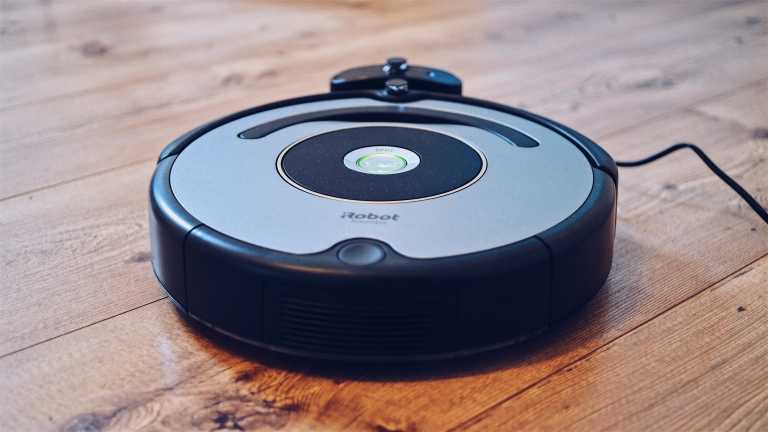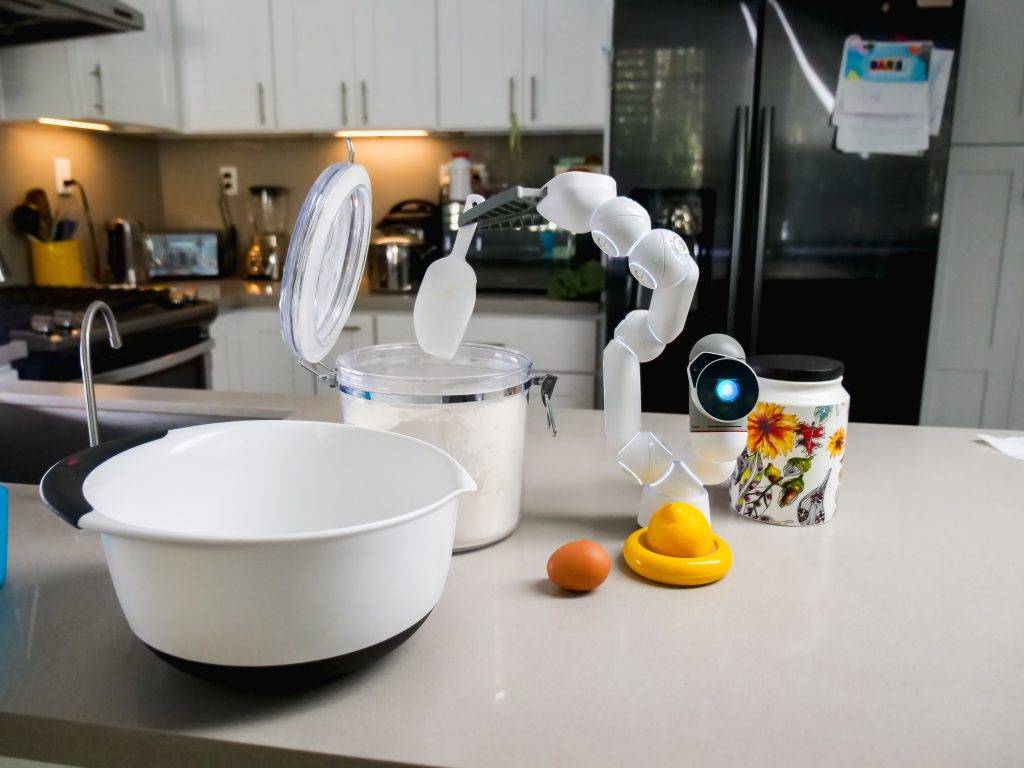Introduction:
The kitchen has long been the heart of the home, and with the advent of smart technoloy, it’s beating stronger than ever. One of the most exciting developments in kitchen technology is the emergence of smart refrigerators with built-in cameras, sensors and connectivity. In this blog post, we’ll explore the capabilities of these futuristic devices and how they could revolutionize food management, reduce waste, and simplify meal planning.
Smart refrigerators: A glimpse into the future of food storage
Imagine a fridge that keeps your food cool and proactively helps you manage your inventory. This is exactly what smart refrigerators with advanced features offer:
1. Built-in camera and sensor:
- Many smart refrigerators have internal cameras that capture images of the refrigerator’s contents whenever the door is closed.
- These cameras provide a real-time view of the refrigerator’s contents and can be accessed via a smartphone app or the refrigerator’s built-in touchscreen.
2. Food inventory management:
- AI-driven algorithms can identify and tag items in the refrigerator based on images captured by cameras.
- Users can add expiration dates and notes to items to help track things that need to be consumed as soon as possible.
3. Meal Plan and Food List:
- Smart refrigerators can make meal planning a breeze by recommending recipes based on your ingredients.
- They also help generate shopping lists by identifying items out of stock or near expiration.
4. Reduce food waste:
- With real-time visibility into your fridge’s contents and automatic reminders, you’ll be less likely to forget about leftover lasagna or about-to-expiry milk.
- Reducing food waste becomes effortless when you know what’s in your food and when to use it.
Remote Monitoring and Control: The Power of Smartphone Apps
One of the standout features of smart refrigerators is the ability to monitor and control them remotely using a dedicated smartphone app:
1. Real-time monitoring:
- Check the contents of your refrigerator on the go so you can plan meals and make shopping lists.
- Identify items already in the store to avoid duplicate purchases.
2. Temperature control:
- Remotely adjust refrigerator and freezer temperatures to optimize food preservation.
- If the temperature inside the refrigerator rises unexpectedly, you will receive an alert.
3. Notifications and alerts:
- Receive notifications when items are about to expire or essential items need to be restocked.
- Stay organized and control your kitchen even when you’re not at home.

The Benefits of Smart Refrigerators
In addition to convenience, smart refrigerators also have the following advantages:
- Reduce food waste: By better understanding and managing your food inventory, you’ll throw away less food, which is good for your wallet and the environment.
- Save time: Meal planning and shopping list generation become more efficient, saving time in your busy schedule.
- More convenience: Remote monitoring lets you control your kitchen from anywhere, ensuring it’s fully stocked and organized.

Conclusion:
Smart refrigerators are more than just a glimpse into the future; They are a reality in today’s market. Brands like Samsung, LG, and Whirlpool offer models with these advanced features, bringing a new level of sophistication to your kitchen. So, embrace the future of food management and enjoy organizing your kitchen smarter and more efficiently with a smart refrigerator.












